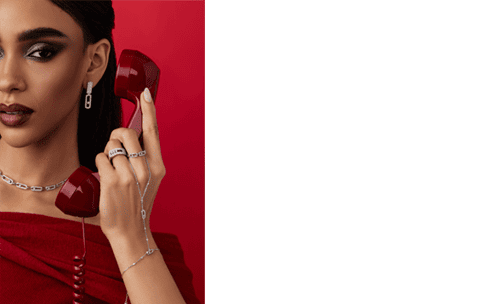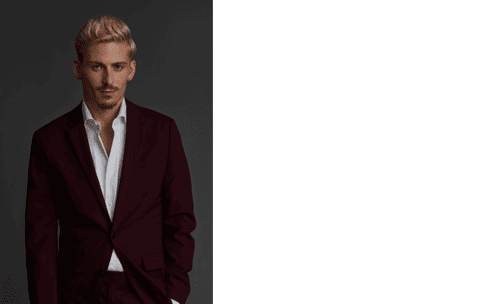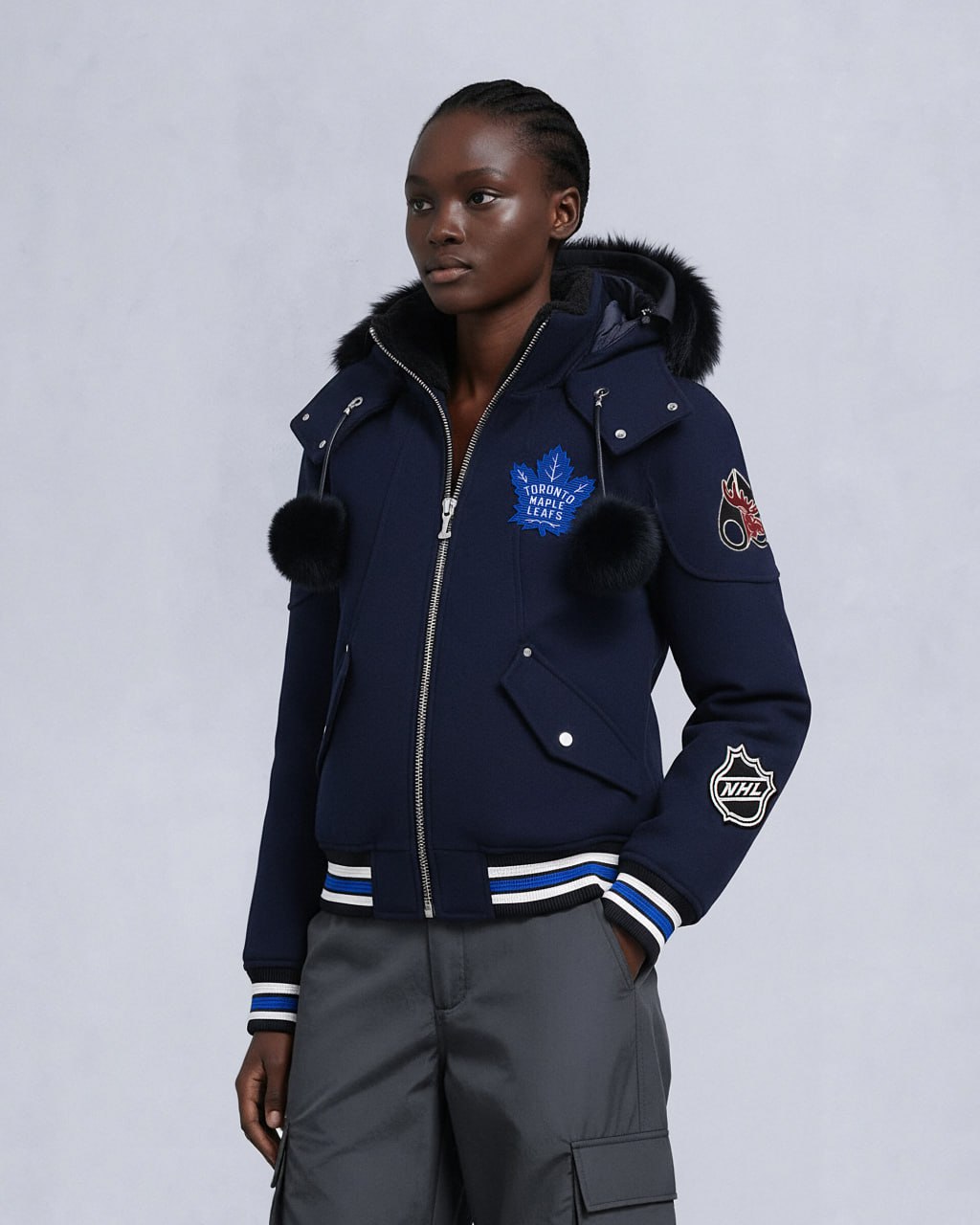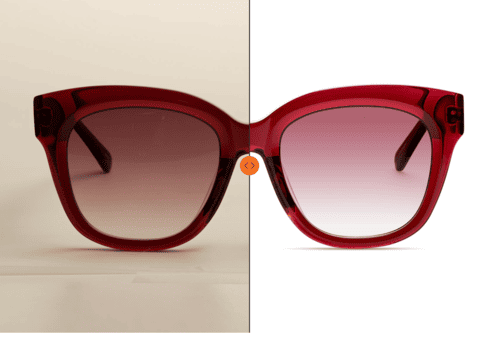How To Become A Product Photographer
Why Product Photography Is So Popular, But Demanding Now
E-commerce is exploding, as brands are selling online more than ever. That means product photos are the only way to convince buyers to hit “add to cart.” But as demand for great images grows, so does the pressure on photographers. Buyers are savvier, scrolling past anything that looks artificial.
Product photography is way more than just taking a good shot. It’s about knowing how to handle every type of product, with each one having its own challenges. Glass and jewelry pick up reflections like crazy. Clothing needs to look structured, not flat. Textured surfaces have to pop without looking overdone. And let’s not forget retouching, because even the best shot needs dust removal, color correction, and clean edges to meet professional standards.
If you want to make it in product photography, you need to understand eCommerce, branding, and how to make products look irresistible online. That’s why this field is both an exciting opportunity and a serious challenge.

Know Core Responsibilities: The Day-to-Day Life of a Product Photographer
Product photography is a strategic blend of visual artistry, marketing knowledge, and technical expertise. A product photographer is responsible for creating high-impact imagery that enhances brand perception and drives sales. This role sits at the intersection of advertising, branding, and eCommerce, requiring a deep understanding of both aesthetics and conversion-driven product nuances.
1. Understanding the Product & Brand
Before even picking up the camera, a product photographer must deeply understand the product, its purpose, and the brand’s identity. This involves:
- Product Research – Photographers conduct product research to understand the brand's offerings, trends, and target audience.
- Communication – Collaborating with marketing teams, brand owners or creative directors to ensure alignment with campaign goals.
- Brand Alignment – Ensuring images match the brand’s style.
2. The Photoshoot: Capturing the Magic
Once everything is set, it’s time to bring the product to life. This includes:
- Composition & Styling together with a set designer – Carefully arranging the product to highlight its best features.
- Lighting Mastery – Using strobes, softboxes, lightboxes, reflectors, and modifiers to eliminate harsh shadows, minimize reflections, and enhance textures.
- Technical Precision – Adjusting camera settings such as aperture, shutter speed, and ISO for the perfect exposure.
- Shot Variation – Capturing different angles, close-ups, and contextual images for website listings, social media, and marketing collateral according to visual strategy
A single product can require multiple angles, lighting setups and creative compositions to ensure versatility across different platforms.
3. Post-Production: Polishing the Image
The work isn't done once the shoot is over: post-processing is where professional-grade images are perfected. Key tasks include color correction and consistency to ensure the product matches its real-life colors accurately, retouching to remove imperfections, dust, fingerprints, or unwanted reflections, background refinement for cleaning up white backgrounds or replacing them with lifestyle settings, and quality control to ensure all images meet eCommerce standards. A well-retouched product photo looks flawless without looking unnatural, reinforcing trust and professionalism.
4. Managing & Maintaining Resources
Beyond the creative side, product photographers also manage extensive resources. This includes equipment maintenance to keep cameras, lenses, lighting gear, and editing tools in peak condition, image library organization for maintaining a well-structured database of product shots for easy access, and workflow optimization by developing efficient systems for batch editing, storage, and client deliveries. Having an organized backend ensures faster turnaround times and smoother project execution.
Essential Skills That A Product Photographer Needs
Photography Expertise
Photography expertise encompasses camera mastery through understanding focal lengths, exposure settings, and shooting techniques, macro photography skills for capturing intricate product details, especially for jewelry and cosmetics, and lighting control by knowing how to eliminate glare, create depth, and highlight textures effectively.
Technical Skills
Technical skills include proficiency in Photoshop and Lightroom for advanced retouching and color grading skills, knowledge of digital formats by understanding file sizes, resolutions, and export settings for web and print, and ecommerce optimization through knowing how to compress images for fast-loading websites without losing quality.
Soft Skills
Soft skills encompass client communication for translating client expectations into visually compelling results, project management for handling multiple projects, deadlines, and revisions efficiently, time management for maximizing productivity on set and during post-processing, and the ability to work in a team by collaborating with art directors, stylists, retouchers, and marketing teams to ensure consistency in branding and image execution. Even if working as a freelancer, coordinating with clients, designers, and advertising teams is essential for delivering cohesive results.
Business & Analytical Skills (For Those Who Want to Start Their Own Business)
Business and analytical skills include understanding consumer psychology by knowing how to create images that drive purchasing decisions, SEO optimization for images through crafting filenames, alt-text, and metadata for better search visibility, and pricing and negotiation for structuring services for maximum profitability. A great product photographer understands the business of visual marketing, too.
How A Beginner Product Photographer Can Get Trained: From Classic Education to Workshops
Choosing the right approach to developing your skills in product photography depends on your learning style, career goals, and available resources. Should you invest years in formal education, or is a faster, hands-on approach through workshops and mentorships the better choice?
Classic education involves structured study at a university or college, typically leading to a degree in photography, visual communication, or commercial photography. Programs usually last between two and four years, covering technical and artistic aspects of photography. Best for:
- Individuals who prefer structured, academic learning with a strong foundation in photography.
- Aspiring product photographers who plan to work in corporate environments, advertising agencies, or commercial studios.
- Those who can afford the cost and time investment for a degree.
Workshops and mentorships provide specialized, fast-track learning focused on practical application and real-world experience. These can range from short-term workshops lasting a few days to long-term mentorships with experienced professionals. Best for:
- Aspiring product photographers who want to start earning quickly and prefer hands-on learning.
- Individuals who want direct access to industry professionals and real-world experience.
- Photographers who are self-motivated and willing to apply what they learn independently.
| Factor | Classic Education | Workshops & Mentorships |
|---|---|---|
| Time Commitment | 2-4 years | A few days to several months |
| Cost | High tuition fees | More affordable, flexible pricing |
| Learning Style | Theoretical and structured | Practical and hands-on |
| Real-World Application | Limited | Strong focus on real-world projects |
| Industry Relevance | May not focus on eCommerce and product photography | Highly industry-focused |
| Access to Equipment | University studios and resources | Requires personal investment |
| Certification | Degree or diploma | No formal certification |
| Networking | Professors, students, potential employers | Industry professionals and potential partners |
| Career Opportunities | Better for brands or agency jobs | Better for freelance or own studio work |
Both paths have merit, depending on the desired career trajectory. For those looking to gain a broad foundation with formal credentials, a university degree may be worth the investment. However, for individuals who want to start working in product photography as soon as possible, workshops and mentorships provide faster, more practical training with a direct focus on industry needs.
Ultimately, the best approach is a combination of both — leveraging structured education where necessary while gaining real-world experience through mentorships, assisting professionals, and working on personal projects.
Essential Equipment that Product Photographers Need
Product photography requires precision, clarity, and consistency. The right equipment ensures sharp, well-lit, and professional-quality images that meet eCommerce and advertising standards. Here’s what every product photographer needs:
1. Camera. Full-frame DSLR or mirrorless cameras are ideal for high resolution and dynamic range. Professional series of cameras like Canon, Nikon, and Sony deliver excellent image quality. Medium format cameras offer extreme detail for luxury products.
2. Lenses. A macro lens (100mm) is essential for capturing fine details, while a 50mm prime ensures sharp, distortion-free images. 24-70mm zoom provides flexibility, and a tilt-shift lens helps correct perspective for packaging and product shots.
3. Lighting. Professional results require controlled lighting. Strobe lights, LED panels, and softboxes create even illumination. Reflectors and diffusers help eliminate harsh shadows and control reflections, especially for jewelry and glass products.
4. A lightbox is a crucial tool for small product photography, particularly for jewelry, watches, accessories, and consumer electronics. It provides:
- Even, diffused lighting – Reduces harsh shadows and glare.
- Controlled reflections – Essential for glass and metallic products.
- Consistent backgrounds – Make clipping and retouching easier.
A lightbox is the solution for high-volume eCommerce photography, where consistency is key.
5. Backgrounds & Surfaces. White seamless paper is essential for eCommerce photography. Textured surfaces, acrylic panels, and fabric backdrops add variety for branding and lifestyle shots.
6. Stability & Accessories. A tripod ensures consistency and sharpness. Remote triggers minimize camera shake, and a turntable enables smooth 360-degree product views.
7. Editing & Workflow. A color-calibrated monitor, Photoshop, Lightroom, and a well-organized file storage system ensure professional post-production.
Investing in quality equipment allows for precision, efficiency, and high-quality results are key factors in standing out as a professional product photographer.
Related Read: 5 Essential Tools for Professional eCommerce Product Photography
Building Your First Product Photography Portfolio
A strong product photography portfolio is essential for attracting clients and showcasing your expertise. Unlike traditional photography portfolios, a product photography portfolio should demonstrate technical skill, lighting mastery, and an understanding of eCommerce standards.
1. Define Your Portfolio Focus
Determine what kind of product photographer you want to be. While versatility is useful, specialization helps you stand out.
Common Product Photography Niches
- eCommerce Product Photography for Amazon, Etsy, and etc.– Clean, high-resolution images on white backgrounds
- Luxury & Jewelry Photography – Requires expertise in lighting, reflections, and extreme detail.
- Apparel & Fashion Photography – Often includes flat lays, ghost mannequins, or on-model shots.
- Food & Beverage Photography – Requires color accuracy and styling techniques.
- Cosmetics & Skincare Photography – High-end retouching and creative set design are important.
If you’re unsure where to start, experiment with multiple styles before committing to a primary niche.
2. Start Shooting: Portfolio-Worthy Images Even Without Clients
If you don’t have clients yet, create your own portfolio projects. You don’t need access to expensive brands, just high-quality execution. Use products you already own. Choose items with different textures, shapes, and finishes. Recreate professional product shots. Analyze high-end brands and try to match their lighting and composition. Experiment with different lighting setups. Learn to handle reflections, shadows, and textures effectively. Shoot multiple angles, capture hero shots, detailed close-ups, and 360-degree views.
3. Showcase Range & Consistency
A strong portfolio proves that you can handle various product types, materials, and branding styles. However, it should also be cohesive and professional.
- Demonstrate technical skill. Show proficiency in lighting, sharpness, and post-processing.
- Include different product categories. Display versatility without overwhelming the viewer.
- Maintain visual consistency. Ensure a uniform editing style, color grading, and composition.
4. Show Before-and-After Retouching
Clients appreciate photographers who understand post-production. Including before-and-after edits in your portfolio demonstrates your ability to remove imperfections, dust, and reflections, color correction skills to maintain accuracy across platforms, and advanced retouching techniques for complex product images.
5. Create a Professional Portfolio Website
Your portfolio needs a dedicated online presence where potential clients can view your work.
Best Practices for a Portfolio Website
- Minimalist design – Let your images stand out without distractions.
- Easy navigation – Organize by category (e.g., eCommerce, lifestyle, jewelry).
- High-resolution images – Show detail without slowing down page load speed.
- Mobile optimization – Many clients will view your portfolio on a smartphone.
- SEO-friendly setup – Optimize images and page descriptions for search engines.
Platforms like Squarespace, Wix, Format, or WordPress make it easy to create a professional website without coding.
6. Keep Your Portfolio Updated
Product photography trends evolve, and so should your portfolio. Regularly update it with new work that reflects your growth and industry standards. Replace outdated images with refined work, showcase your best projects, not everything you’ve shot, and include case studies or client testimonials when possible.
A well-curated portfolio positions you as a skilled professional and makes it easier to attract premium clients.
7. Expand Your Portfolio with Real Clients
Once you have strong sample images, start building your portfolio with real client projects.
How to Land Your First Product Photography Clients
- Offer free or discounted shoots – Approach small businesses, Etsy sellers, or startups.
- Network with local brands – Contact local boutiques and eCommerce stores that need better visuals.
- Use freelancing platforms – Platforms like Upwork, Fiverr, and PeoplePerHour are good starting points.
- Leverage social media – Share work on LinkedIn, Instagram, and photography forums.
Even small projects can lead to bigger opportunities when presented professionally.
Final Thoughts: Make Your Portfolio Work for You
A compelling product photography portfolio proves your expertise, creativity, and understanding of eCommerce needs. By carefully curating your best work, continuously improving your skills, and actively promoting your portfolio, you’ll attract high-quality clients and establish yourself in the industry.
If you want to save time and focus on shooting, consider outsourcing your retouching to ensure polished, high-end results without spending hours in post-production.
Every hour spent on Photoshop is an hour not spent shooting, finding new clients, or growing your business. Many photographers fall into the trap of spending more time editing than actually photographing, slowing their career progression.
Should you perfect your retouching skills or delegate to the pros? Explore the strategic advantages and trade-offs in ‘Product Retouching: Mastering or Delegating?’ article and discover which path is best for your business.















